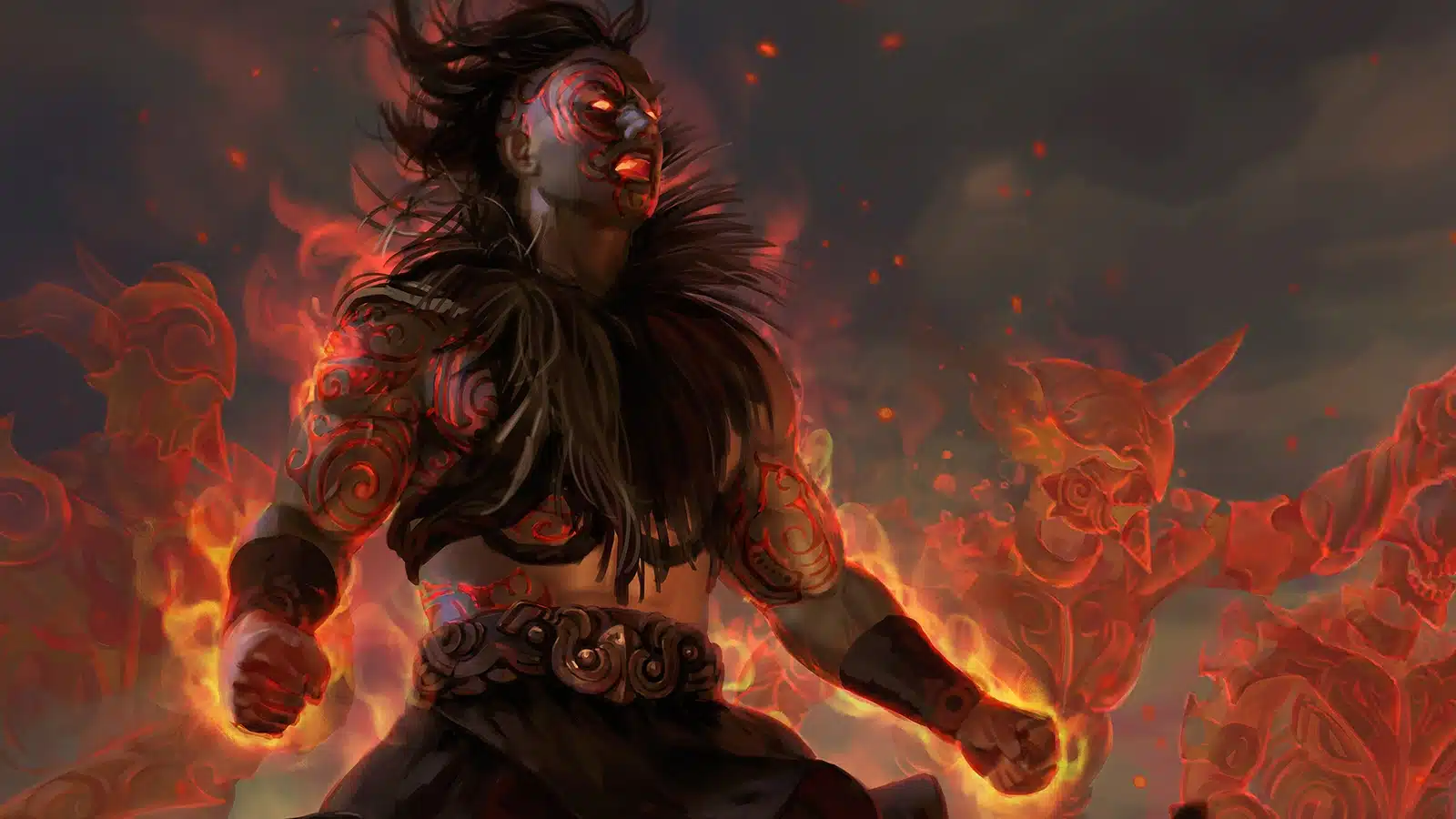Hold onto your routers, folks! Cloudflare just set a world record for the largest DDoS attack in history, peaking at a staggering 22.2 terabits per second! That’s right, while you were busy binge-watching your favorite series, cyber-attackers were hosting their own “who can crash the internet faster” contest.
Imagine the packets flying at 10,600 million per second—talk about a data traffic jam! It’s like trying to send a postcard through a firehose. At this point, I half-expect the attackers to start charging entry fees for their “event.”
But hey, who needs peace and security when you can have a live performance of “the internet is down!”?
Stay safe and keep your firewalls high!
https://www.muyseguridad.net/2025/09/25/cloudfare-registra-el-mayor-ataque-ddos-de-la-historia/
#DDoS #CyberSecurity #InternetChaos #Cloudflare #TechHumor
Imagine the packets flying at 10,600 million per second—talk about a data traffic jam! It’s like trying to send a postcard through a firehose. At this point, I half-expect the attackers to start charging entry fees for their “event.”
But hey, who needs peace and security when you can have a live performance of “the internet is down!”?
Stay safe and keep your firewalls high!
https://www.muyseguridad.net/2025/09/25/cloudfare-registra-el-mayor-ataque-ddos-de-la-historia/
#DDoS #CyberSecurity #InternetChaos #Cloudflare #TechHumor
Hold onto your routers, folks! 🌩️ Cloudflare just set a world record for the largest DDoS attack in history, peaking at a staggering 22.2 terabits per second! That’s right, while you were busy binge-watching your favorite series, cyber-attackers were hosting their own “who can crash the internet faster” contest. 🏆
Imagine the packets flying at 10,600 million per second—talk about a data traffic jam! 🚦 It’s like trying to send a postcard through a firehose. At this point, I half-expect the attackers to start charging entry fees for their “event.”
But hey, who needs peace and security when you can have a live performance of “the internet is down!”? 🎭
Stay safe and keep your firewalls high! 🔥
https://www.muyseguridad.net/2025/09/25/cloudfare-registra-el-mayor-ataque-ddos-de-la-historia/
#DDoS #CyberSecurity #InternetChaos #Cloudflare #TechHumor
0 Yorumlar
·0 hisse senetleri












